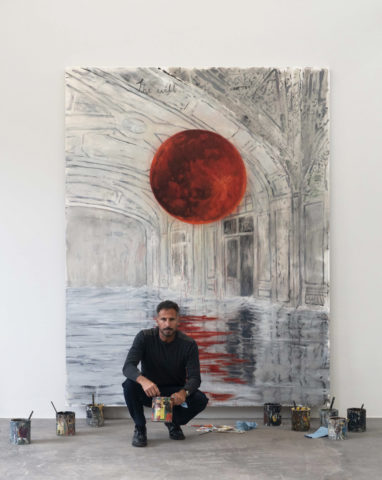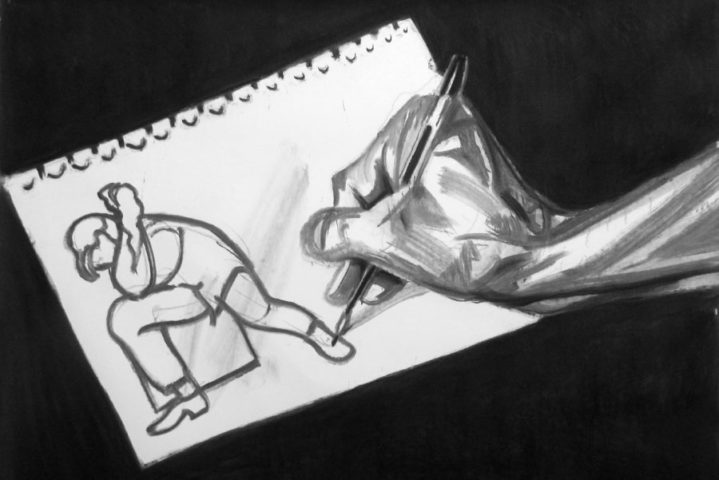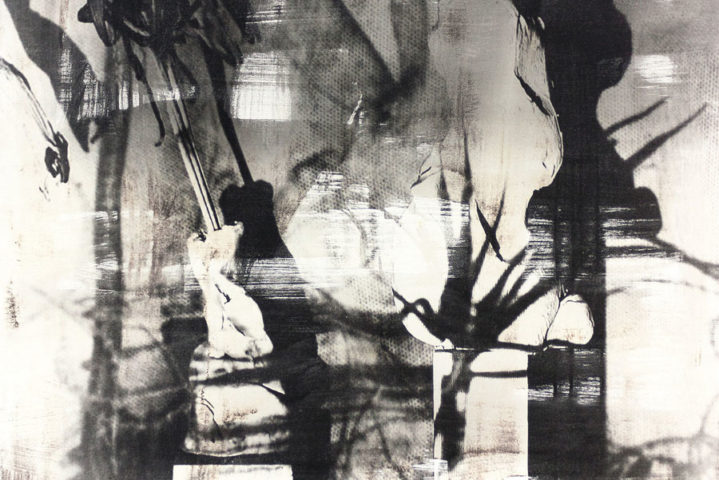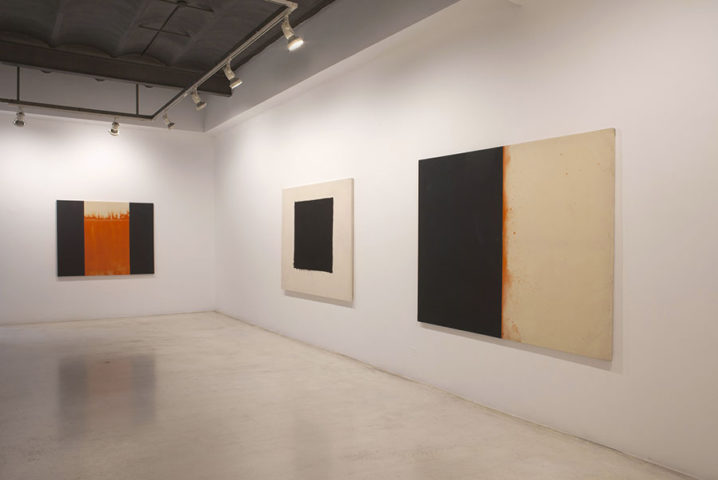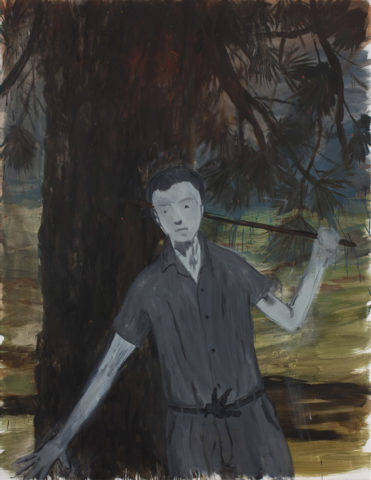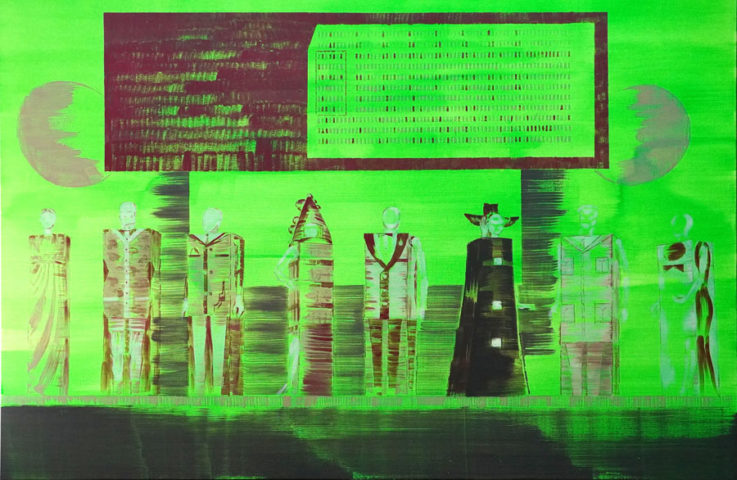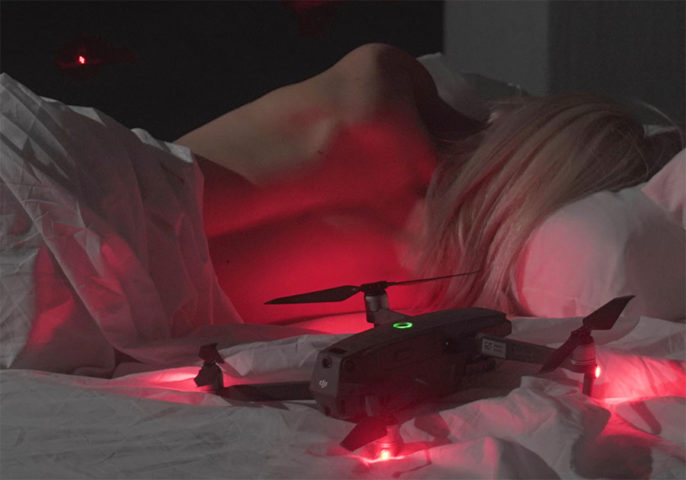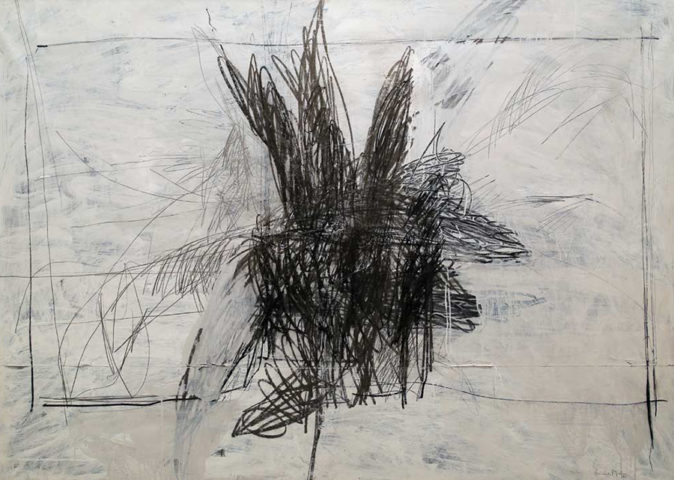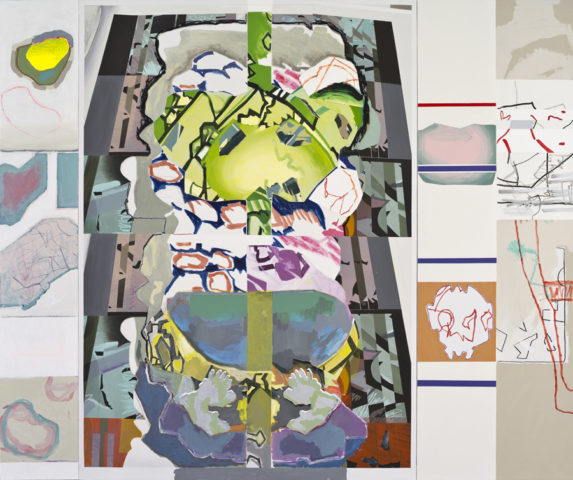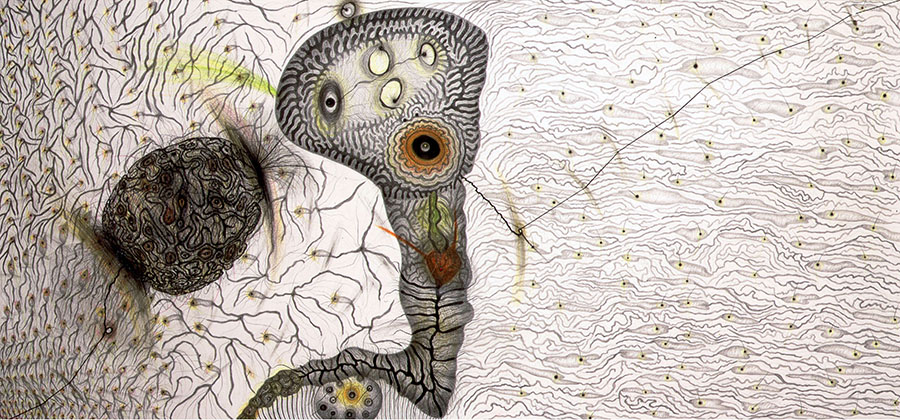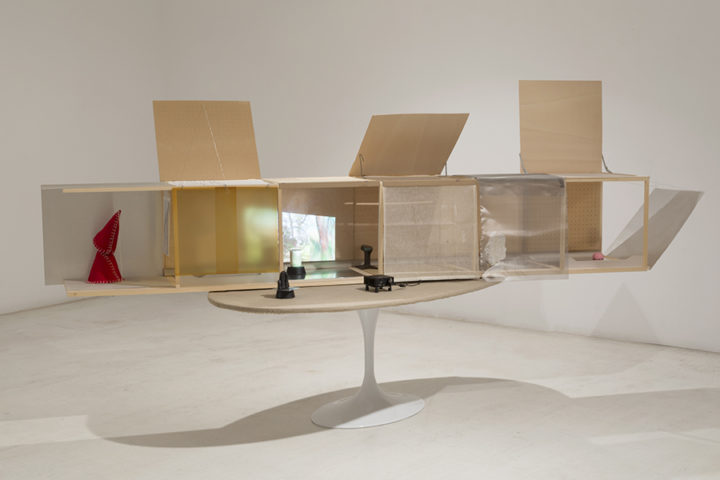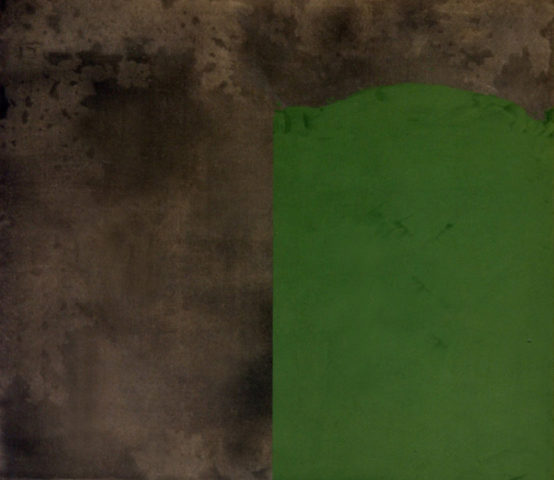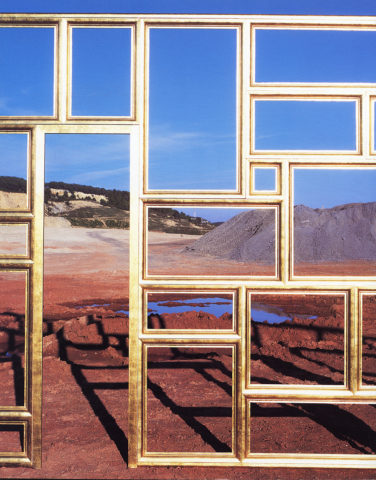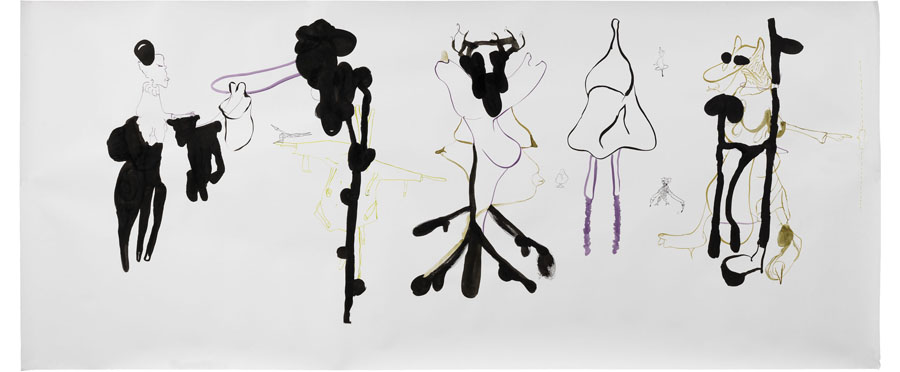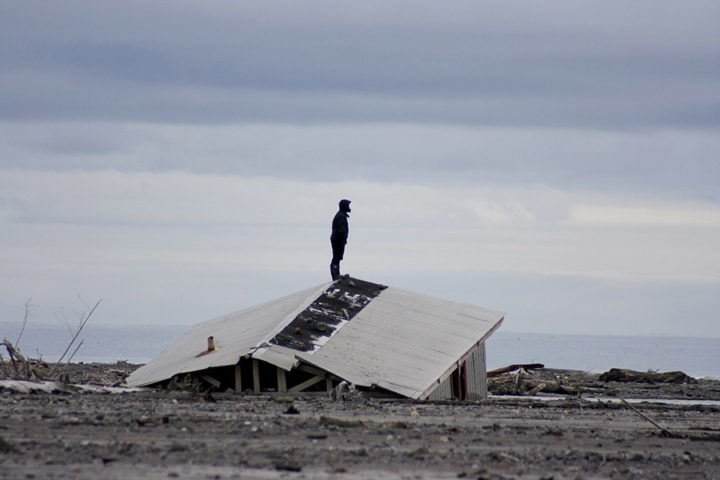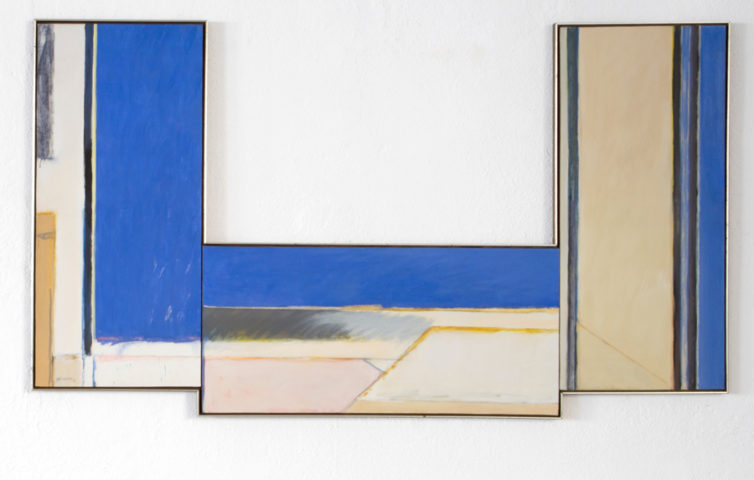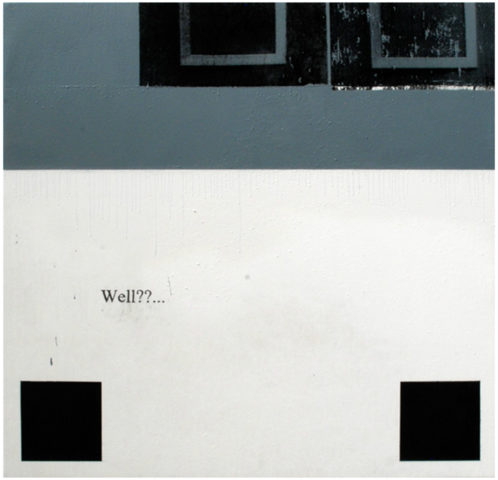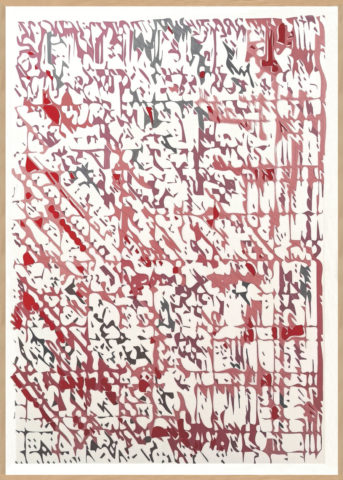The Rose Garden. ENRIQUE MARTÍNEZ CELAYA
February 16 – March 12, 2022
UTA Artist Space.
403 Foothill Road, Beverly Hills, CA
OPENING RECEPTION: Wednesday, February 16, 6-8PM
UTA Artist Space and Unit London are pleased to announce a new immersive environment by the celebrated Los Angeles-based artist Enrique Martínez Celaya. The Rose Garden ambitiously brings together new paintings, sculptures, installations, photographs, garments, and writing, inviting viewers to consider the self—both its promise and its threat—through the mystical divination of memory.
What might have been and what has been
Point to one end, which is always present.
Footfalls echo in the memory
Down the passage which we did not take
Towards the door we never opened
Into the rose-garden. My words echo
Thus, in your mind.
T. S. Eliot, Burnt Norton (from Four Quartets)
For over two decades, Martínez Celaya has explored the limitless connections between art, literature, philosophy, and science through his practice. In this new and multifaceted body of work, the artist uses T. S. Eliot’s Four Quartets as an entry point to exploring our collective memory—something broader, more permanent, and more irreparable than individual memory, and which belongs to us all.
In this exhibition, as in past projects, Martínez Celaya again concerns himself with existential hunger, crisis, chaos, order, time, redemption, reality, and love—here tied together by the thread of Eliot’s words. As visitors enter UTA Artist Space’s main gallery, they will encounter Eliot’s poem written at their feet, and a series of large paintings depicting ice, sea, and fire, urging a meditation on the ever-changing, complicated nature of time and memory.
All three of UTA Artist Space’s galleries will be assumed by Martínez Celaya’s immersive environments, including a room of tears overlooked by a blood moon, photographs of gardens and bodies, a burnt figure on a seat of roses, a garment worn by love champions, and many other luminous chunks mined from life. Viewed collectively, these works and the artist’s concurrent solo exhibitions at Los Angeles museums—at The Huntington Library, Art Museum, and Botanical Gardens; USC Fisher Museum of Art; and Edward L. Doheny Jr. Memorial Library—remind us of the power art has to change our perceptions of the world and of our inner selves.
